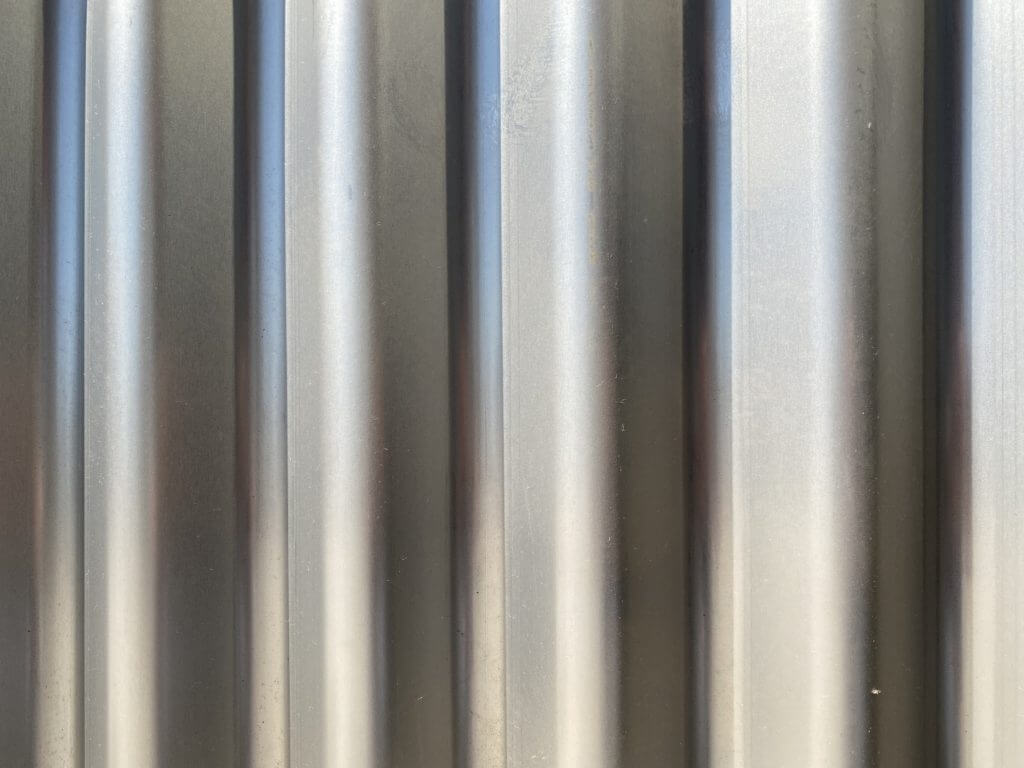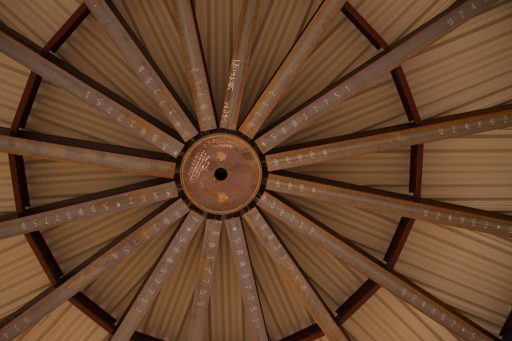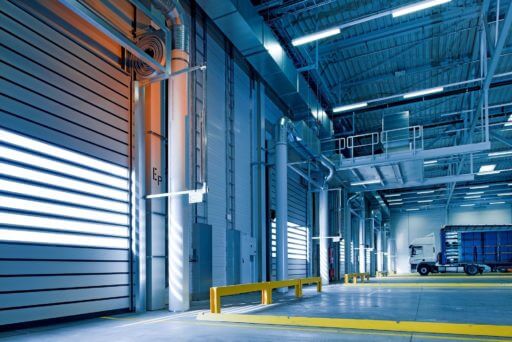
Are you ready to select panel type and color for your steel building and are having difficulty in differentiating between Galvanized and Galvalume? You’re not alone. Many contractors are familiar with working with both but consumers sometimes can lack the years of experience to know which is which and when each is best to use. Bunger Steel offers a variety of panel types and over 15 color options to customize your steel building or DIY project, including galvanized and Galvalume.
Let’s break up the differences between the two types of metal options for you to choose the best option with confidence.
What is Galvanized Steel?
First things first. Galvanized steel was developed in the 19th century for use in commercial applications as an alternative to bare steel. Since then, it has been a staple of construction, manufacturing, and fabrication for its durability and resistance to corrosion. Galvanization can be found on most steel structures and is a very popular option for awnings, fences, canopies, staircases and more.
Galvanized steel is typically used for applications where rust is not a primary concern such as in locations like Arizona, Nevada, and New Mexico. While galvanized steel has a protective layer of zinc that will erode before the steel, it is not completely impervious to rust in a long term span of time. Generally, galvanized steel will last approximately 15-20 years with minimal maintenance. It arrives ready to use and can be easily applied.
What is Galvalume?
Galvalume is a newer type of production steel sheet developed by Bethlehem Steel in 1972. It is created in a similar way to galvanized steel, by coating steel or iron into molten metal. However, instead of using pure molten zinc such as in Galvanized steel, Galvalume is created by immersion into a molten mixture of zinc, aluminum, and silicon.
The biggest benefit of Galvalume is the corrosion resistence created by the coating that does not sacrifice the integrity of the steel. In fact, Galvalume aids in the longevity of the product in comparison to galvanized steel by over 50%. In addition to aiding in the lifespan of your steel panel, steel coated with Galvalume also is also more energy efficient and fire resistant. Galvalume is ideal for standing seam roof applications and pre-fabricated metal wall panels.
With the addition of aluminum on the coating, Galvalume becomes more susceptible to scratches and cut edges are less protected. Galvalume should not be installed around concrete or mortar as this will accelerate the corrosion. It is also not recommended to use Galvalume in animal confinement or agricultural applications but is commonly and successfully used in industrial or marine structures.
How Do They Compare?
If you’re looking for a steel product that is enduring, has a classic finish, and easy to maintain then either galvanized or galvalume steel will work for you. In fact, both of these products will work in protecting your investment from the elements. Galvalume goes further in creating a protective barrier but galvanized is more widely available in many different component styles. Galvalume and Galvanized steel are usually priced about the same. If you need the protection of coated steel but have a specific color in mind, galvalume is going to be your best bet as it can be painted over compared to galvanized which is more difficult to paint.
Ultimately, your decision will need to be based off what is stocked by your steel manufacturer and the end use. Luckily, Bunger Steel carries both in a variety of options. Give our Components Department a call today to start your order.



